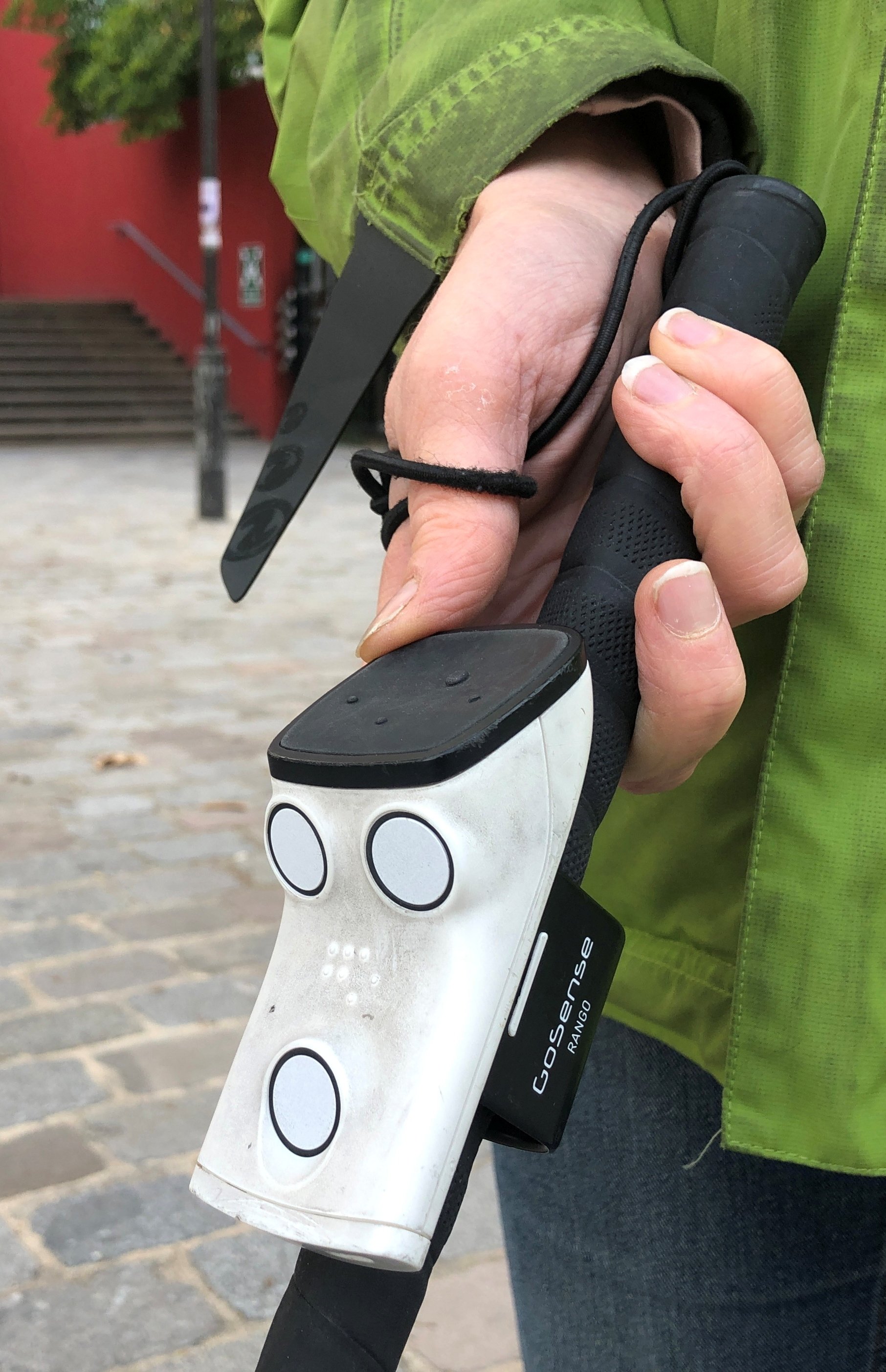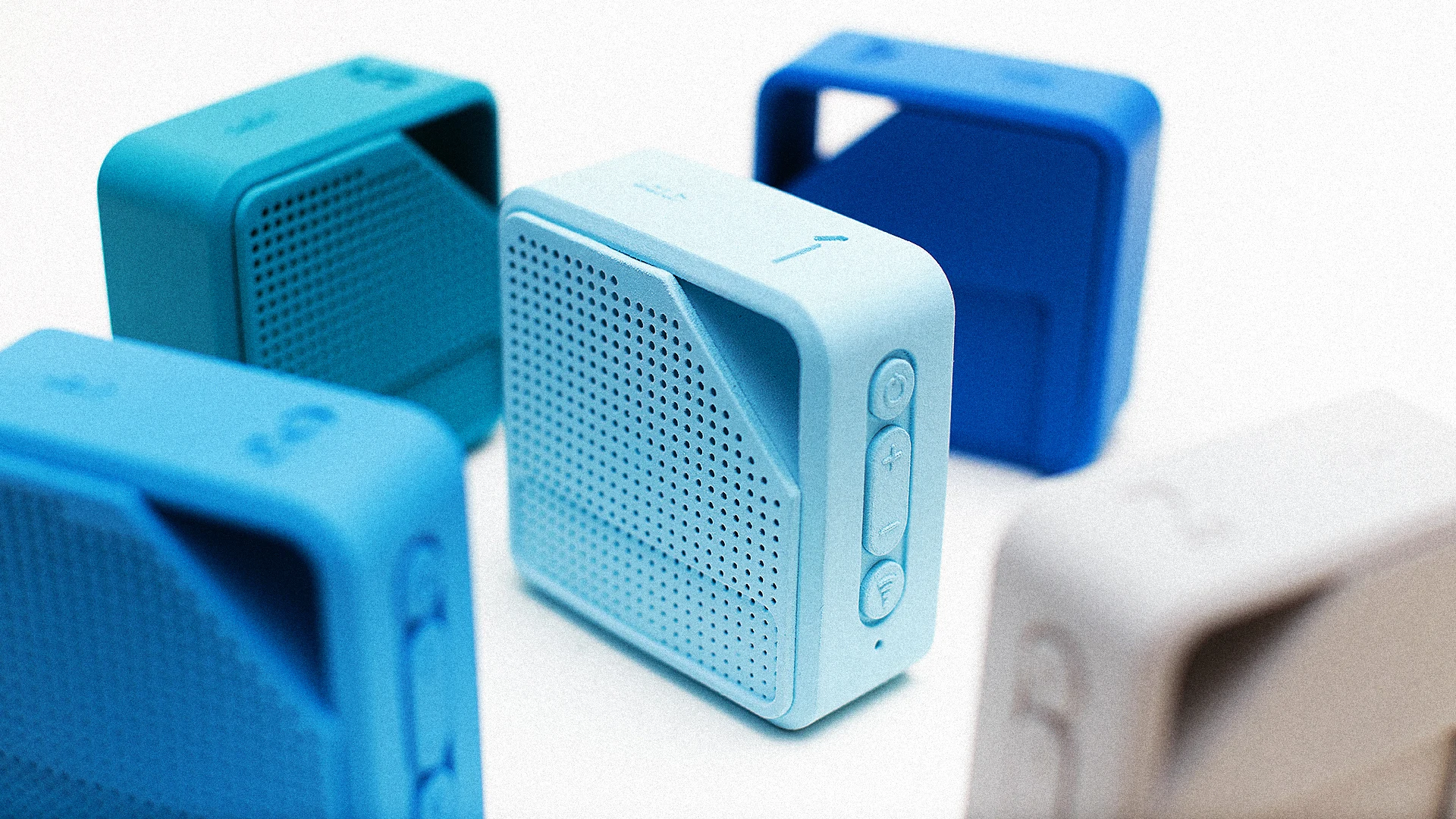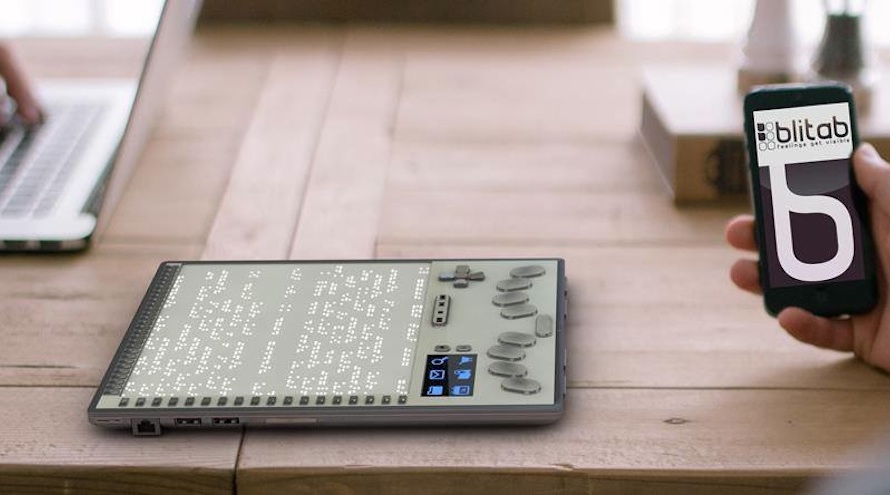Voice-Activated Assistive Devices: Supporting the Visually Impaired
Voice-Activated Assistive Devices: Supporting the Visually Impaired
Blog Article
Discover Innovative Devices Created for the Visually Impaired
The development of cutting-edge tools for the visually damaged stands for a substantial development in access and independence. Technologies such as smart glasses with AI abilities and mobile applications made to provide acoustic descriptions are improving daily experiences for individuals. Furthermore, wearable devices that utilize haptic feedback boost ecological awareness, while modern-day Braille advancements provide new ways to engage with text. As these devices remain to advance, their effect on the lives of those with visual disabilities increases important inquiries regarding the future of inclusivity and autonomy in various elements of life. What lies in advance in this technical landscape?
Smart Glasses for Navigation

Smart glasses created for navigation are revolutionizing the means aesthetically damaged people engage with their setting. These sophisticated devices make use of a mix of camera modern technology, expert system, and auditory feedback to supply real-time information regarding environments. By utilizing obstacle discovery systems, smart glasses can notify customers to possible risks, enabling more secure mobility in both acquainted and strange setups.
The combination of GPS technology better boosts navigating capacities, enabling users to receive auditory instructions as they move. This hands-free method not only cultivates independence however also encourages visually damaged people to navigate urban landscapes with boosted confidence. Furthermore, numerous clever glasses are geared up with attributes that recognize sites and street indicators, offering contextual info that improves the individual experience.
Moreover, the advancement of these tools is continuously advancing, with business functioning to improve the precision of item recognition and broaden the range of navigational functions. As clever glasses end up being much more budget-friendly and accessible, they hold the prospective to significantly change every day life for visually damaged users. Eventually, these cutting-edge tools stand for a crucial step toward inclusivity, offering enhanced movement and a higher sense of autonomy for people navigating the world around them.

Mobile Apps for Daily Living
Exactly how can mobile applications improve the every day lives of visually damaged individuals? Mobile apps are changing the means aesthetically damaged individuals navigate their environments, manage everyday jobs, and accessibility information. These applications offer crucial assistance with various functionalities, cultivating self-reliance and boosting lifestyle.
Numerous cutting-edge mobile apps are created especially for day-to-day living. For instance, applications like Be My Eyes link aesthetically damaged customers with sighted volunteers by means of video clip telephone calls, allowing them to obtain real-time help with jobs such as reviewing tags or browsing strange spaces. Seeing AI, created by Microsoft, makes use of man-made intelligence to describe surroundings, reviewed message, and identify items, properly transforming a smartphone right into a powerful tool for day-to-day help.
Furthermore, navigation applications tailored for the aesthetically damaged, such as Aira and BlindSquare, use audio-based directions and environmental information, allowing individuals to traverse their environments safely and with confidence. Beyond navigating and immediate support, mobile apps likewise support company and task administration, with features that assist customers set pointers, develop to-do listings, and track appointments. In recap, mobile applications work as crucial sources, encouraging visually damaged individuals to lead more independent and fulfilling lives.
Wearable Technologies for Assistance
Empowerment via modern technology is progressively obvious in the world of wearable gadgets created to assist visually damaged people. These innovative devices integrate effortlessly into day-to-day live, boosting navigating and offering necessary responses distance glasses to customers. For example, wise glasses outfitted with video cameras can identify faces and review message out loud, enabling customers to connect even more with confidence in professional and social setups.
One more notable development is using haptic feedback systems in wearable gadgets. These systems use resonances or other tactile signals to share info regarding the customer's setting, such as obstacles or adjustments in terrain, boosting movement and safety and security. Wearable technologies additionally consist of wristbands that attach to smart devices, notifying customers to notices via subtle resonances, therefore enhancing connection without reliance on visual hints.
As these modern technologies continue to advance, they are not only boosting freedom for aesthetically impaired people but likewise promoting a greater feeling of addition in society. By connecting the void between difficulties dealt with in everyday living and the potential for freedom, wearable technologies act as crucial tools in the mission for equal rights and empowerment for those with aesthetic impairments.
Audio Summary Tools
Audio description tools play a vital function in boosting access for visually impaired people, giving them with the ability to engage with aesthetic media. Voice-activated visit this site right here assistive devices. These devices supply narrated summaries of key aesthetic aspects in films, television programs, and live performances, guaranteeing that individuals can completely comprehend the context and feelings conveyed via visuals
Audio description can be integrated into various platforms, including streaming services, cinema screenings, and live theater. Many popular streaming services now consist of audio description as an accessibility function, enabling audiences to select it conveniently. In addition to traditional media, specialized apps additionally exist, providing audio summaries for art exhibitions, museums, and various other social events.
The performance of audio summary rests on the skill of the narrators, who have to share visual details succinctly without diminishing the original sound. Advancements in this area are also paving the method for even more tailored experiences, where customers can adjust the level of information and pacing according to their preferences.
Braille Innovations and Devices
Braille gadgets and advancements have actually significantly transformed the way visually impaired people connect with message and details. Modern advancements have led to the development of flexible tools that boost proficiency and freedom amongst users.
Moreover, portable Braille notetakers incorporate typical Braille input with contemporary performances, assisting in note-taking, organizing, and paper editing and enhancing on the move. OCR devices for the blind. These small tools usually include text-to-speech abilities, connecting the space between Braille and acoustic info
Additionally, ingenious Braille printers have arised, enabling users to generate Braille labels, records, and instructional materials efficiently. This accessibility cultivates better involvement in educational and professional environments, inevitably promoting inclusivity.
Additionally, study into smart Braille innovations continues to expand. Instruments that incorporate expert system are being explored to give real-time navigation assistance and contextual info, boosting the individual experience in varied setups. Generally, these innovations reflect a commitment to equipping aesthetically impaired individuals via technology, guaranteeing they can easily accessibility and involve with the globe around them.

Conclusion
The innovation of cutting-edge tools for the visually impaired dramatically boosts self-reliance and lifestyle. Smart glasses, mobile applications, wearable technologies, audio description devices, and Braille advancements jointly equip individuals by giving crucial navigating assistance, ecological recognition, and enhanced reading experiences. These modern technologies not only foster better addition but additionally promote freedom in day-to-day activities, inevitably contributing to an extra available and equitable culture for visually damaged people. Continued growth in this area holds assurance for additional improvements.
As smart glasses end up being more obtainable and budget friendly, they hold the potential to significantly transform day-to-day life for visually impaired individuals. Mobile applications are reinventing the means visually damaged customers navigate their settings, handle daily jobs, and access details. Apps like Be My Eyes attach aesthetically impaired individuals with sighted volunteers via video phone calls, permitting them to obtain real-time help with jobs such as reading tags or cheap eye glasses browsing strange spaces.Additionally, navigation applications customized for the aesthetically damaged, such as Aira and BlindSquare, provide audio-based instructions and ecological details, making it possible for customers to traverse their environments securely and confidently.The advancement of innovative tools for the visually impaired considerably improves independence and top quality of life.
Report this page